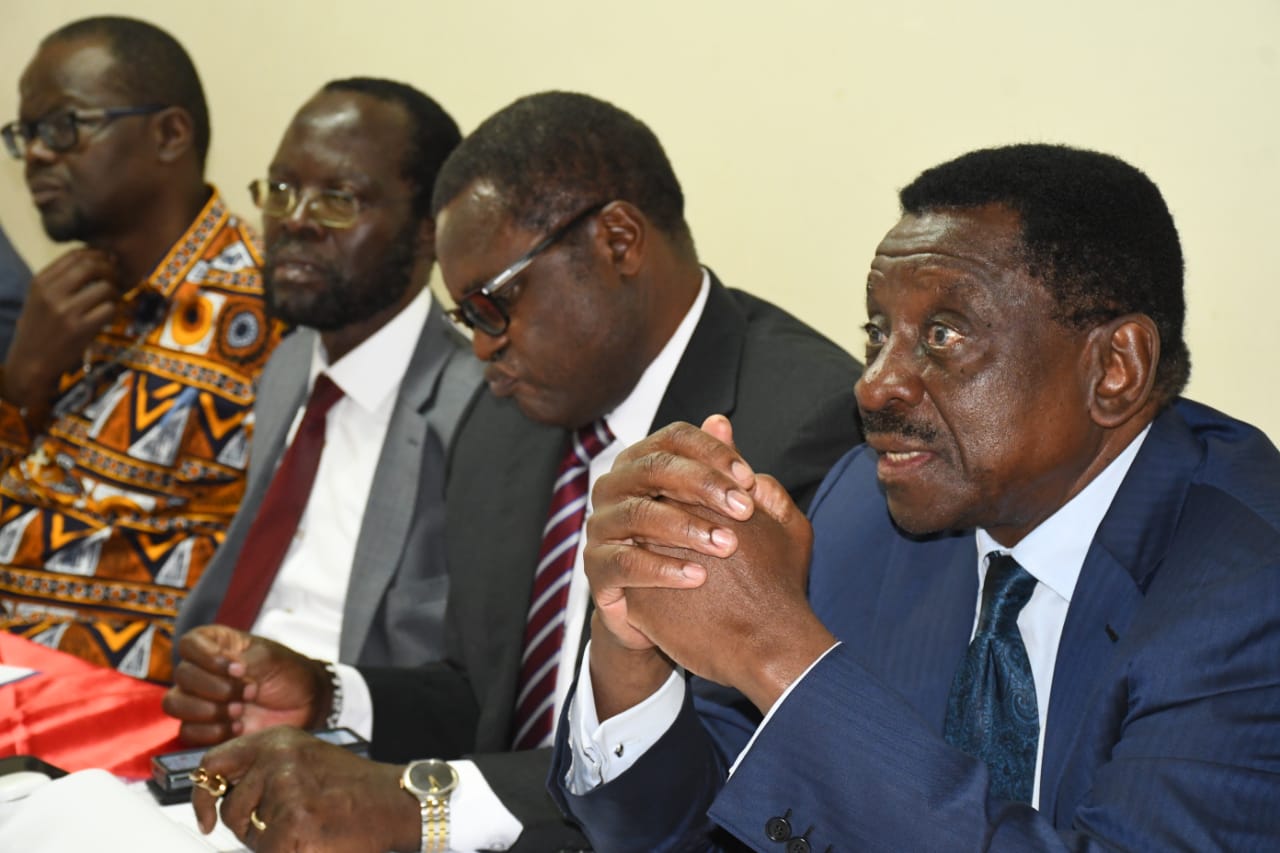Governors want the Commission for Revenue Allocation (CRA) to use high disease burden, blue economy and poor infrastructure as parameters of division of revenue.
Nyanza Governors argue that the flooding itself has negatively impacted on the region’s infrastructure and unless CRA heed their calls to increase their allocations they are doomed.
Led by Siaya Governor James Aggrey Bob Orengo, the Governors said they have witnessed ASAL counties recieving more funds to address drought related initiatives and while they don’t get additional funding to mitigate the flood menace causing havoc in their jurisdictions.
“We want the CRA to consider increasing allocation going to Nyanza counties to help facilitate the blue economy initiatives, rehabilitate the infrastructure destroyed by floods, the piling refuse, high disease burden (HIV, malaria and Tuberculosis).
Speaking alongside Orengo were Governors Gladys Wanga(Homa-bay), Simba Arati (Kisii), Ken Lusaka(Bungoma) and Prof. Anyang Nyong’o (Kisumu) who all agreed that the Nyanza region is overstrained and needs more resources that will help deal with the initiatives that hamper the region’s development.
“We bore the brunt of floods destruction so as Asal gets considered for increased funding to address drought related issues, Nyanza too should be prioritised,” they added.
The leaders spoke while meeting Lake Region Economic Block technical team who are expected to come up with a comprehensive document that would justify why they should get more resources.
Arati said the nature of roads in his jurisdiction are pathetic.
The PEPFAR team proposed for the Governors to present the high cases of HIV AIDS as a parameter for revenue allocations saying that if not responded to especially now that the donor support is dwindling, they may not be able to have the viral load suppressed.
According to PEPFAR coordinator Brian Rettman, “We want you to fix the high HIV burden as a case to be funded in the proposals because the USAID was slowly withdrawing.”
The funding has dwindled for the past six years. Kenya first received 500 million US dollars but after five years, it had reduced significantly with the last dispatch being 300,000 US dollars.
“For effective integration of the health program that survived with 40,000 personnel countrywide, it must be funded by county governments,” said Bettman.
” USAID has worked in the county for 20 years and we have realized remarkable achievements so proper strategies must be put in place by county governments to integrate the program into the healthcare system,” said Bettman.
